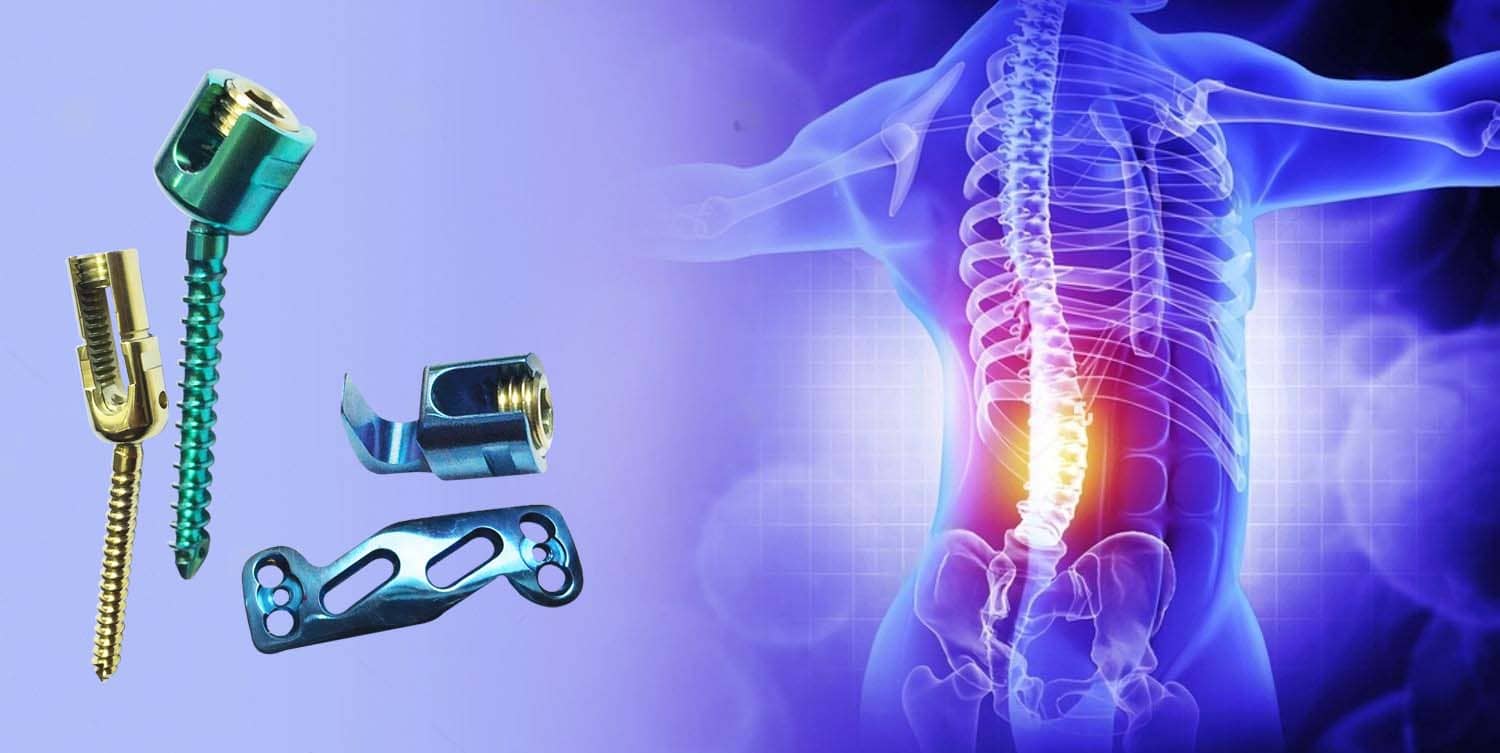
Spinal disorders can profoundly affect a person’s mobility, independence, and quality of life. Conditions like degenerative disc disease, vertebral fractures, scoliosis, and spinal stenosis often lead to chronic pain, nerve compression, and limited movement. For individuals suffering from these debilitating issues, surgical intervention using advanced support devices can restore both function and comfort in daily life.
In regions where healthcare infrastructure is expanding, the role of a spine implants manufacturer in Tanzania is becoming more significant. By offering locally available, high-quality implant systems, these companies ensure timely treatment options for patients who might otherwise face delays or travel abroad for care. Affordable access to spinal technology is transforming orthopedic outcomes across East Africa.
Among the many technological innovations in the medical field, ortho implants stand out for their life-enhancing benefits. Designed to reinforce or replace damaged structures in the musculoskeletal system, these tools are tailored to the patient’s and the surgeon’s needs, providing strength, alignment, and stability during recovery and rehabilitation.
The Science Behind Surgical Correction
The human spine is a complex structure of 33 vertebrae supported by discs, ligaments, muscles, and nerves. Injury or degeneration in any part of this structure can result in severe back pain, limited flexibility, and nerve-related symptoms like numbness or weakness.
Implants are used in surgeries that involve fusion, decompression, or stabilization. The goal is to realign the spine, restore the height of compressed vertebrae, and alleviate pressure on spinal nerves. These devices are often constructed from titanium alloys, PEEK (Polyether ether ketone), or stainless steel, all chosen for their biocompatibility and strength.
When integrated into a comprehensive treatment plan, such surgical interventions allow patients to regain posture, reduce pain, and return to work or recreational activities that were previously impossible.
Mobility Gains After Surgery
The most immediate and noticeable benefit of surgical correction using spinal devices is improved mobility. Patients suffering from restricted movement due to nerve impingement, structural deformities, or joint stiffness often regain the ability to walk, bend, or sit for longer durations.
Common mobility improvements include:
- Increased walking distance without pain.
- Better balance and coordination.
- Reduced reliance on walking aids or support.
- Enhanced range of motion in daily tasks like dressing, cooking, or climbing stairs.
This newfound movement dramatically improves self-reliance and helps patients return to an active lifestyle.
Pain Reduction and Emotional Well-being
Chronic back or neck pain is not only physically draining but also mentally exhausting. It can lead to depression, sleep disturbances, and social withdrawal. By stabilizing the affected spinal segment, surgical intervention significantly reduces the pain associated with instability or disc compression.
Less pain means:
- Improved mood and mental clarity.
- Restful sleep which contributes to healing.
- A decline in the use of long-term pain medications.
- More willingness to participate in rehabilitation exercises.
The positive emotional ripple effect is often underestimated. Pain relief and restored movement can revive a patient’s enthusiasm for life, making everyday activities enjoyable again.
Improved Function in Older Adults
As populations age, the demand for orthopedic care in older adults has increased significantly. Older adults often experience spinal degeneration that interferes with basic functions such as standing up, walking short distances, or maintaining balance.
Support devices used in surgical treatment can make a profound difference in senior patients by:
- Restoring spinal alignment to reduce the risk of falls.
- Enhancing posture, which improves breathing and digestion.
- Increasing confidence to move around independently.
- Enabling participation in family or community life.
Minimally invasive procedures are particularly beneficial for elderly patients, offering faster recovery, less blood loss, and a lower risk of complications.
Customized Devices for Complex Spinal Disorders
Every patient’s anatomy and condition are unique, and modern surgical tools reflect that individuality. Recent advancements allow surgeons to choose from modular systems with varying sizes, angles, and fixation options. This is especially important in treating scoliosis, kyphosis, or congenital spine malformations.
Customized solutions lead to:
- Better correction of spinal curvature.
- Reduced operation time due to improved fit.
- Lower risk of post-operative hardware failure.
- More predictable recovery outcomes.
These personalized systems are often developed using 3D imaging and preoperative planning tools that ensure each individual’s most effective treatment pathway.
Role of Rehabilitation and Supportive Therapy
Surgery alone is not enough to restore complete function. Post-operative rehabilitation plays a critical role in maintaining the benefits of the procedure. Physical therapists design personalized plans to strengthen the core muscles, improve posture, and retrain the body to move efficiently.
Successful rehabilitation:
- Prevents adjacent segment disease, a condition where the spine above or below the implant site deteriorates.
- Reinforces surgical corrections through targeted exercise.
- Reduces the chances of recurring symptoms.
- Improves overall flexibility and endurance.
Patients who commit to their physical therapy regimen experience longer-lasting benefits and reduced need for further surgical interventions.
Long-Term Outlook and Quality of Life
The long-term outcomes of these interventions are overwhelmingly positive when surgery and post-operative care are handled correctly. Many patients return to full-time work, participate in sports, and enjoy social activities without the limitations imposed by previous spinal conditions.
Long-term benefits include:
- Stability in spinal segments that previously caused pain or deformity.
- Lower recurrence rates of symptoms or neurological issues.
- Greater participation in family, work, and leisure activities.
- Enhanced self-esteem and body image.
Importantly, patients often report feeling normal again; a powerful testament to the success of the treatment and its role in restoring mobility, as well as a sense of personal identity and freedom.
Movement Is Freedom
Restoring movement through orthopedic innovation does more than fix a bone or joint—it returns control, freedom, and joy to people’s lives. Technological advancements, skilled surgical techniques, and access to regionally manufactured solutions drive better patient outcomes across age groups and health profiles.
By understanding the life-changing impact of spinal interventions, patients and healthcare providers can work together to select the right treatment path. Through careful diagnosis, quality surgical solutions, and consistent post-surgical care, the journey from pain to possibility becomes a reality for many.








+ There are no comments
Add yours